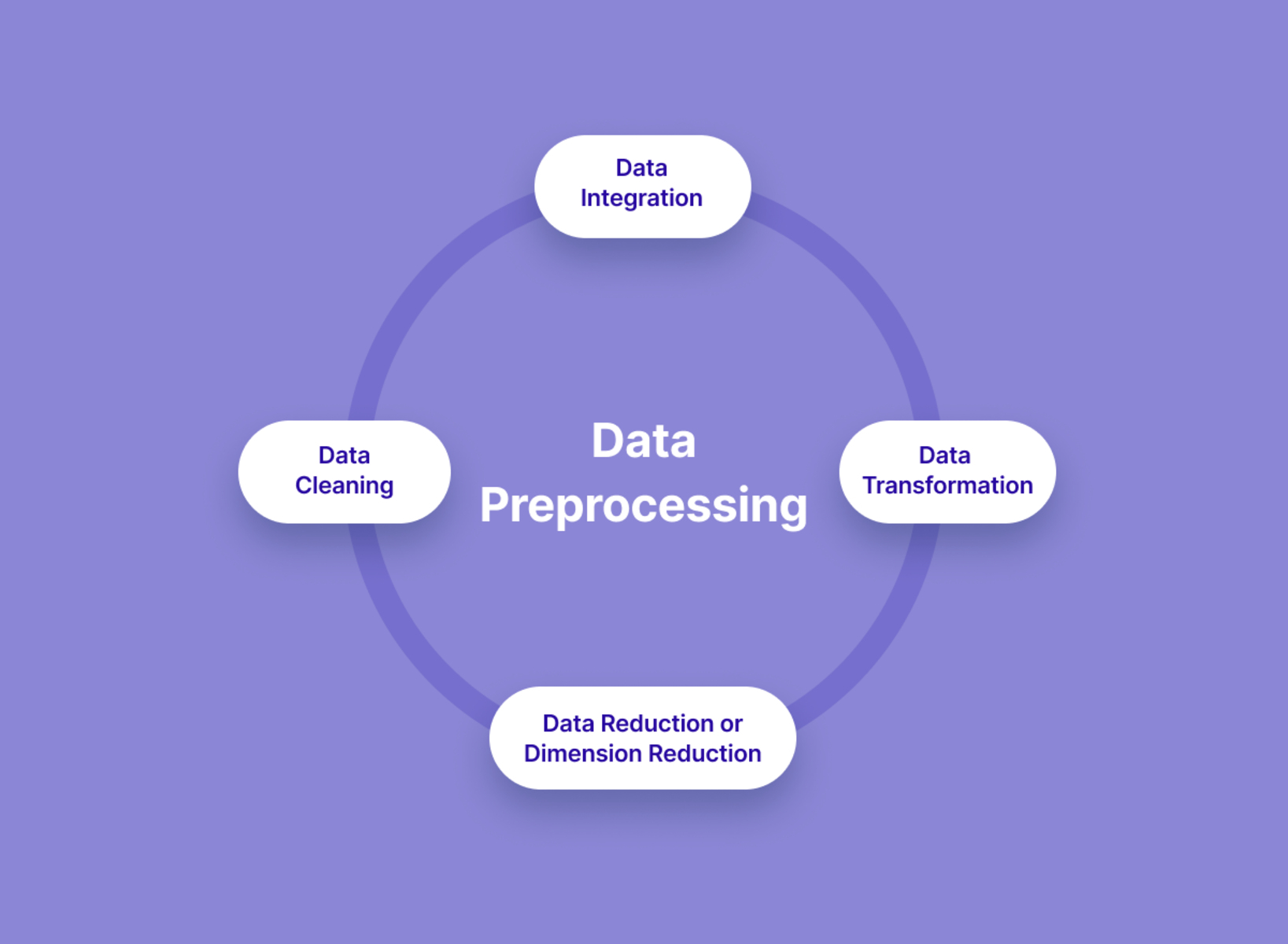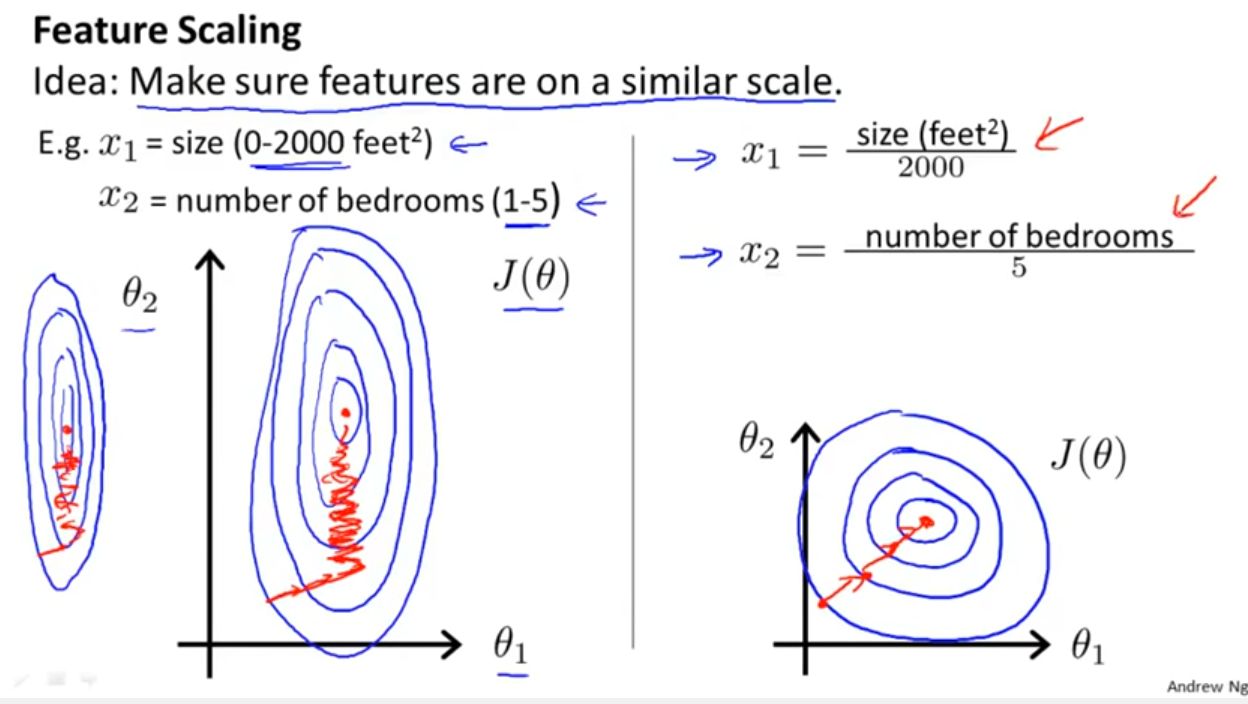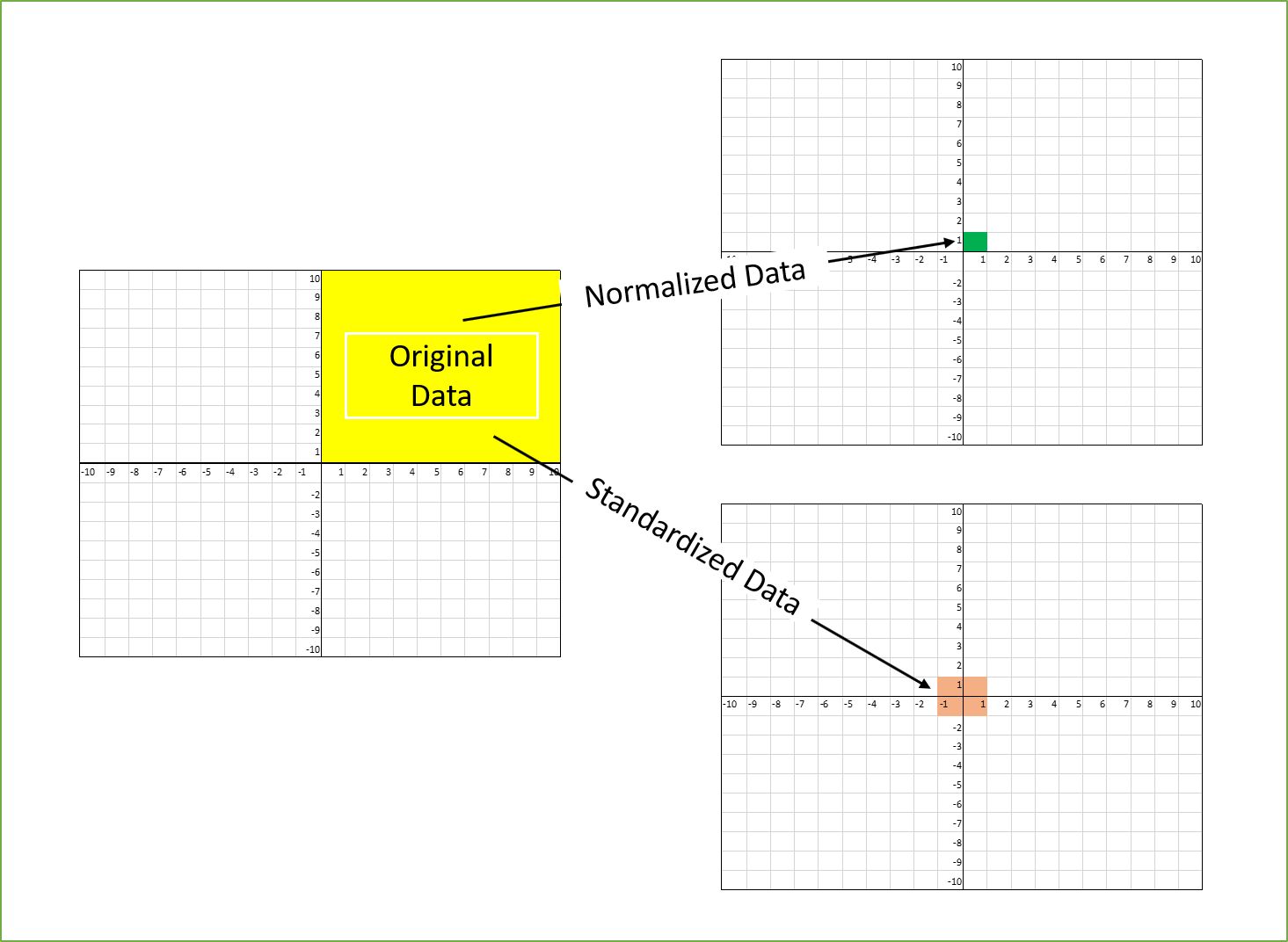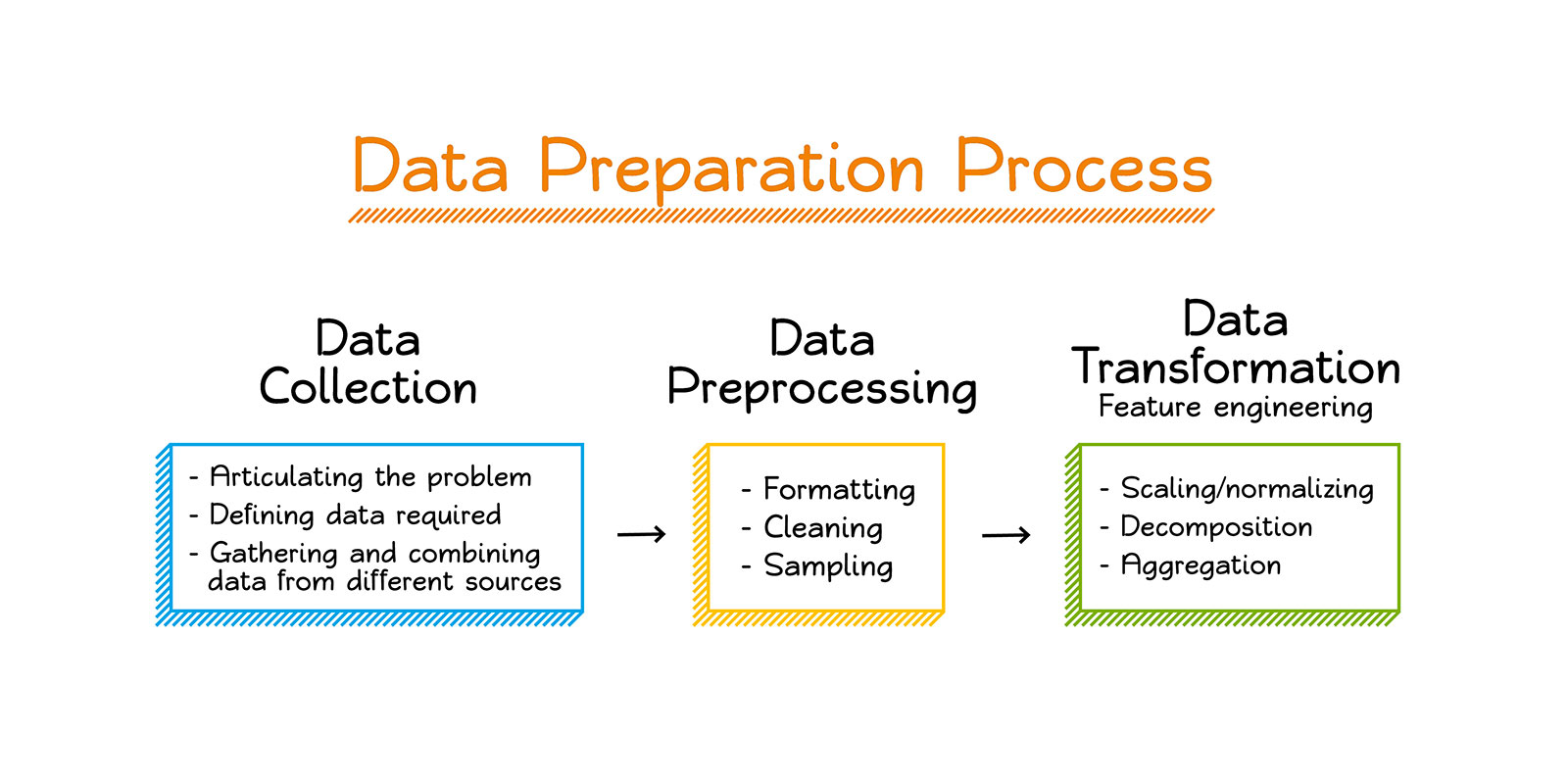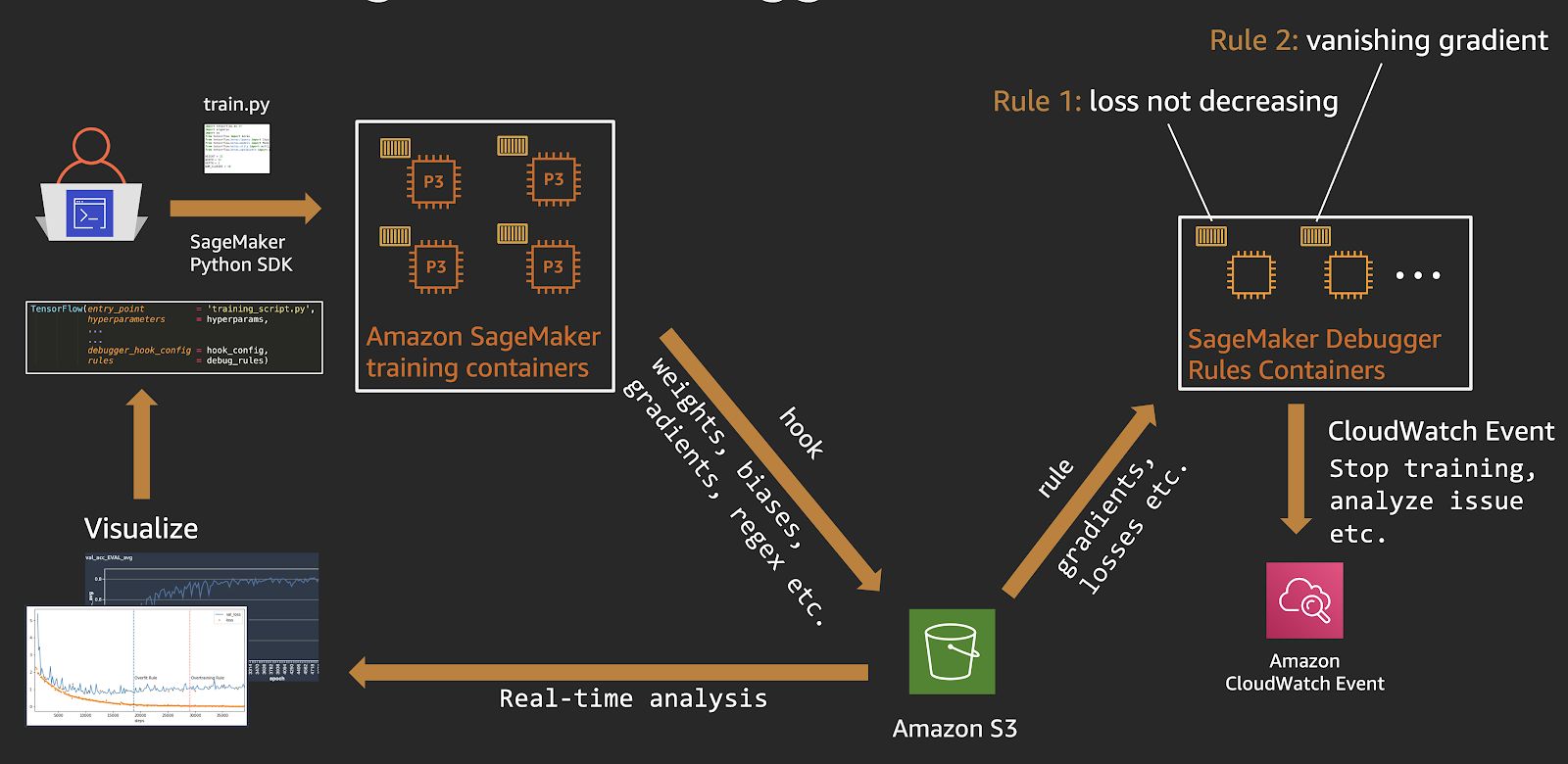Introduction
Outliers are a common occurrence in various data sets, including those used in machine learning. Simply put, an outlier is a data point that significantly deviates from the norm or the majority of the data. These anomalies can be caused by measurement errors, data corruption, or genuine rare events. Identifying and handling outliers properly is crucial in machine learning, as they can have a significant impact on the results and performance of algorithms.
Outliers can distort statistical analyses and predictions, leading to inaccurate models and misleading insights. For example, in a regression model, a single outlier with an extreme value can have a disproportionate influence on the estimated coefficients, affecting the model’s overall fit and predictive power. Similarly, in clustering algorithms, outliers can introduce noise and disrupt the formation of meaningful clusters.
The importance of identifying outliers lies in the fact that they can provide valuable information about the data, uncovering hidden patterns, anomalies, or errors in the underlying processes. Outliers might represent rare events with significant implications, such as fraudulent transactions or equipment malfunctions. By detecting and properly handling outliers, machine learning models can be refined to better represent the patterns and behaviors of the majority of the data.
In this article, we will explore various methods for identifying outliers in machine learning. These methods include the Z-score method, the Modified Z-score method, the Interquartile Range (IQR) method, the Density-Based Spatial Clustering of Applications with Noise (DBSCAN) method, and the Local Outlier Factor (LOF) method. Each approach has its own set of advantages and limitations, and the choice of method depends on the characteristics of the data and the specific machine learning task at hand.
What are outliers?
Outliers are data points that significantly deviate from the majority of the data in a dataset. These observations have values that are either unusually high or low compared to the rest of the data points, making them stand out from the norm. Outliers can arise due to various factors, such as measurement errors, data corruption, or genuine rare events.
Outliers can be identified in different ways, depending on the context and characteristics of the data. In univariate analysis, where only one variable is considered, outliers can be defined as data points that fall outside a certain threshold, typically a specified number of standard deviations from the mean. This threshold can be determined using statistical methods such as the Z-score or IQR (Interquartile Range).
In multivariate analysis, which involves multiple variables, outliers are identified based on their distance from the center of the data cloud or cluster. These distances can be calculated using distance-based measures or density-based methods. Outliers in multivariate data can exhibit unusual combinations of values across different variables, providing valuable insights into potentially interesting or anomalous patterns within the data.
It is important to note that not all outliers are necessarily erroneous or irrelevant. In some cases, outliers represent genuine observations of rare events or extreme values that hold valuable information. For instance, in medical research, outliers might indicate the presence of a rare disease or a patient’s exceptional response to treatment. By identifying and analyzing outliers, researchers can gain a deeper understanding of the underlying processes and potentially uncover valuable insights that can drive further investigation or decision-making processes.
Importance of identifying outliers in machine learning
Identifying outliers in machine learning is of utmost importance for accurate analysis, modeling, and prediction. Outliers can have a significant impact on the performance and reliability of machine learning algorithms. Here are some reasons why it is crucial to identify outliers:
- Data quality assurance: Outliers can often indicate issues with the data itself, such as measurement errors, data entry mistakes, or data corruption. By identifying outliers, data scientists can take necessary steps to rectify these issues and improve the overall quality of the dataset. This ensures that the resulting machine learning models are built on reliable and accurate data.
- Improved model performance: Outliers can distort the relationships and patterns present in the majority of the data. Machine learning algorithms are designed to learn from patterns and make predictions based on them. However, if outliers are not properly handled, they can lead to biased or misleading models. By identifying and appropriately dealing with outliers, the models can accurately capture the underlying patterns and make more reliable predictions.
- Robustness of the models: Machine learning models are often deployed in real-world scenarios where they encounter various types of data, including outliers. Outlier detection and handling techniques help in building more robust models that can handle unexpected or anomalous data points with minimal disruptions. Robust models are better equipped to handle noisy data and generalize well to new, unseen data.
- Anomaly detection: Outliers can sometimes represent anomalous events or instances that are of particular interest. By identifying these outliers, machine learning models can be trained to specifically detect and classify such anomalies. This is particularly useful in fields such as fraud detection, network intrusion detection, and predictive maintenance, where identifying rare and potentially harmful events is crucial.
- Insights and decision-making: Outliers often carry valuable information or insights that might not be evident from the majority of the data. By analyzing and understanding outliers, organizations can gain a deeper understanding of the data and uncover valuable insights that can drive decision-making processes. These insights can potentially lead to improvements in business strategies, operations, and customer experiences.
Common methods for identifying outliers
There are several well-established methods for identifying outliers in machine learning. These methods provide different approaches to detect outliers based on various statistical and computational techniques. Here are some of the commonly used methods:
- Z-score method: The Z-score method is a statistical technique that measures how many standard deviations a data point is away from the mean of the data. Data points with Z-scores greater than a certain threshold are classified as outliers. This method assumes that the data follows a normal distribution with known mean and standard deviation.
- Modified Z-score method: The modified Z-score method is an extension of the Z-score method that is robust to outliers. Instead of calculating the Z-score directly, this method uses the median absolute deviation (MAD) as a measure of dispersion. Data points with modified Z-scores above a threshold are considered outliers.
- Interquartile Range (IQR) method: The IQR method is a non-parametric technique that measures the spread of data based on quartiles. The IQR is the difference between the third quartile (75th percentile) and the first quartile (25th percentile). Data points located below the first quartile minus a threshold multiple of the IQR or above the third quartile plus the same threshold multiple of the IQR are identified as outliers.
- Density-Based Spatial Clustering of Applications with Noise (DBSCAN) method: DBSCAN is a density-based clustering algorithm that can also be used for outlier detection. It identifies outliers as data points that have low density, meaning they are far away from other data points or do not belong to any cluster. DBSCAN defines clusters based on a minimum number of neighboring points within a specified radius.
- Local Outlier Factor (LOF) method: The LOF method is a popular outlier detection algorithm that measures the local density deviation of a data point compared to its neighbors. It identifies outliers as data points with significantly lower local densities compared to their neighbors. LOF takes into account the density distribution of the data and can detect outliers in both global and local contexts.
It is important to note that no single method is universally applicable to all types of data and outlier scenarios. The choice of method depends on factors such as the distribution and characteristics of the data, the presence of clusters or groups, and the specific requirements of the machine learning task. It is often recommended to use a combination of methods and evaluate the results to gain a comprehensive understanding of the outliers in the data.
Z-score method
The Z-score method is a widely used technique for identifying outliers in machine learning. It measures how many standard deviations a data point is away from the mean of the data. This method assumes that the data follows a normal distribution with a known mean and standard deviation. The Z-score of a data point can be calculated using the formula:
Z = (x – mean) / standard deviation
Here, “x” represents the data point, “mean” is the mean of the data, and “standard deviation” is the standard deviation of the data.
To identify outliers using the Z-score method, a threshold is set. Data points with Z-scores greater than this threshold are classified as outliers. The threshold is usually determined based on the desired level of significance or a predetermined number of standard deviations away from the mean. Commonly used thresholds include Z > 2 or Z > 3, indicating that the data point is two or three standard deviations away from the mean, respectively.
The Z-score method is particularly effective when the underlying data is normally distributed. However, it may not perform well for data that deviates from a normal distribution. Skewed or heavy-tailed data distributions can result in misleading Z-scores and misclassification of outliers. In such cases, alternative methods, such as the Modified Z-score or non-parametric techniques like the Interquartile Range (IQR) method, might be more appropriate.
It is important to note that the Z-score method relies on the assumption of normality and assumes that outliers are rare events that should be removed or treated as anomalies. However, in certain domains or scenarios, outliers may hold valuable information or represent genuine instances of interest. Therefore, the context and objectives of the machine learning task should be considered when deciding how to handle identified outliers.
Overall, the Z-score method provides a simple yet effective way to identify outliers by measuring their deviation from the mean in terms of standard deviations. It can be a valuable tool for data quality assurance and improved model performance, but its assumptions and limitations should be taken into consideration when applying it to real-world datasets.
Modified Z-score method
The Modified Z-score method is a robust technique for identifying outliers in machine learning. It is an extension of the traditional Z-score method that is better suited for datasets that may contain outliers. While the Z-score method relies on the mean and standard deviation to measure the deviation of a data point, the Modified Z-score method uses the median and median absolute deviation (MAD) instead.
The MAD is calculated as the median of the absolute deviations of each data point from the median of the dataset. It provides a measure of dispersion that is less sensitive to outliers compared to the standard deviation. The Modified Z-score is then computed by dividing the absolute deviation of a data point from the median by a robust measure of dispersion.
Modified Z = 0.6745 * (x – median) / MAD
Like the Z-score method, the Modified Z-score method uses a threshold to identify outliers. Data points with Modified Z-scores above a certain threshold are considered outliers. The choice of the threshold depends on the level of significance or the desired cutoff point for identifying outliers.
The Modified Z-score method is particularly useful when the underlying data is skewed or has heavy tails. Unlike the Z-score method, which can be influenced by extreme values, the Modified Z-score method is less affected by outliers. It provides a more robust measure of deviation and can accurately identify outliers even in non-normal distributions.
It is important to consider that the choice of the threshold in the Modified Z-score method can vary depending on the data and the specific application. A threshold of 3.5 is commonly used, indicating that data points with a Modified Z-score greater than 3.5 are identified as outliers.
The Modified Z-score method is a valuable approach to identify outliers in machine learning when dealing with datasets that may contain outliers. It provides a robust alternative to the traditional Z-score method and ensures that extreme values or anomalies do not overly influence the analysis and modeling process. However, it is essential to understand the context of the data and the significance of the outliers before deciding on their treatment in the machine learning pipeline.
IQR method
The Interquartile Range (IQR) method is a robust technique for identifying outliers in machine learning. It relies on the concept of quartiles to measure the spread and variability of the data. The IQR is defined as the difference between the third quartile (75th percentile) and the first quartile (25th percentile) of the dataset.
To identify outliers using the IQR method, a threshold is set based on a predetermined multiple of the IQR. Data points located below the first quartile minus the threshold multiple of the IQR or above the third quartile plus the threshold multiple of the IQR are considered outliers.
The IQR method is robust to outliers and works well even for skewed or non-normal distributions. By focusing on the range that captures the middle 50% of the data, it reduces the influence of extreme values and provides an effective way to identify potential outliers based on the central tendency of the data.
The choice of the threshold multiple depends on the desired sensitivity in detecting outliers. Commonly used values are 1.5 and 3. The threshold value of 1.5 identifies mild outliers, while a value of 3 is more conservative and identifies extreme outliers. It is crucial to adjust the threshold based on the characteristics of the data and the specific requirements of the machine learning task.
The IQR method is widely used in various domains and is especially valuable when the data distribution deviates from the normal distribution. It allows for the detection of outliers without making assumptions about the underlying data distribution or relying on strict statistical assumptions.
It is important to note that the IQR method identifies outliers based on their position relative to the quartiles. However, it does not provide information about the magnitude or the nature of the outlier. Therefore, further investigation and analysis might be needed to understand the context and potential implications of the identified outliers.
In summary, the IQR method is a robust and effective technique for identifying outliers in machine learning. It offers a flexible and non-parametric approach to detect outliers based on the spread and variability of the data. By focusing on the quartile range, it can capture potential anomalies in skewed or non-normal distributions, aiding in data cleaning, model performance improvement, and better understanding of the underlying patterns in the data.
DBSCAN method
Density-Based Spatial Clustering of Applications with Noise (DBSCAN) is a density-based clustering algorithm that can also be used for identifying outliers in machine learning. Unlike other methods that focus on distance or statistical measures, DBSCAN takes into account the density distribution of the data points.
DBSCAN defines clusters based on the density of neighboring data points. It groups together data points that are closely packed and separates outliers based on their low density. The algorithm requires two parameters to be set: epsilon (ε) and minimum points (minPts).
Epsilon (ε) sets the radius within which a data point must have at least minPts neighboring points to be considered a core point. Core points are the central points of dense regions, where the number of neighboring points exceeds or equals minPts. Data points that have fewer than minPts neighbors but fall within the ε radius of a core point are classified as border points. Any points that are not core or border points are considered outliers.
One of the main advantages of DBSCAN is that it can identify outliers in irregularly shaped or complex distributions. It is robust to noise and can handle datasets with varying density levels and non-globular clusters. DBSCAN is also capable of detecting anomalies of any shape or size, making it suitable for handling a wide range of outlier scenarios.
However, it is important to carefully choose the appropriate values for ε and minPts to ensure meaningful results. If the ε value is too large, dense regions might be bridged, leading to larger clusters and potentially misclassifying outliers as part of the dense region. On the other hand, if the ε value is too small, outliers might be incorrectly identified as separate clusters due to the lack of neighboring points.
DBSCAN can be computationally efficient and produces reliable results for identifying outliers based on density. It is useful in various domains, such as detecting anomalies in network traffic, identifying outliers in spatial datasets, or finding rare events in time series data.
In summary, the DBSCAN method offers a density-based approach to identify outliers in machine learning. By considering the density distribution and neighborhood relationships of data points, it can accurately detect outliers in complex or irregularly shaped data. However, appropriate parameter selection is crucial to ensure the effectiveness and reliability of the outlier detection process.
Local Outlier Factor (LOF) method
The Local Outlier Factor (LOF) method is a popular technique for outlier detection in machine learning. It assesses the local density deviation of a data point compared to its neighbors to determine its level of outlierness. LOF is particularly effective for identifying outliers in datasets with varying densities and complex structures.
The LOF algorithm measures the extent to which a data point deviates from the densities of its neighboring points. It calculates a Local Reachability Density (LRD) for each point by taking the inverse of the average of the reachability distances to its k nearest neighbors. The reachability distance is a measure of the distance between two data points, considering their local density. A higher LRD value indicates that the point is in a region of higher density.
The LOF score is then computed by comparing the LRD of a point with the LRD of its k nearest neighbors. A LOF score greater than 1 indicates that the data point has a lower density compared to its neighbors, making it an outlier. The higher the LOF score, the more anomalous the data point is considered to be.
LOF is advantageous because it takes into account the local characteristics of the data, allowing for the detection of outliers in regions of varying density. It is also robust to noise and can handle skewed or non-uniformly distributed datasets. LOF is capable of identifying outliers that have different shapes, sizes, or densities, making it a versatile method for outlier detection.
It is important to note that the choice of the parameter k, which represents the number of nearest neighbors, is critical in the LOF method. A small value of k might not capture sufficient local density information, leading to inaccurate outlier detection. Conversely, a large value of k might smooth the density estimation and reduce the sensitivity to local outliers.
The LOF method is widely used in various domains such as fraud detection, network intrusion detection, and rare event identification. It provides a flexible and effective approach to identify outliers based on the local density deviations of data points, capturing anomalies that would be otherwise missed by traditional outlier detection methods.
In summary, the Local Outlier Factor (LOF) method is a powerful approach for outlier detection in machine learning. By considering the local characteristics and densities of data points, it can accurately identify outliers in datasets with varying structures and densities. Proper parameter selection is essential to ensure the reliability and effectiveness of the outlier detection process.
Conclusion
Outliers play a significant role in machine learning, and identifying them is crucial for accurate analysis, modeling, and prediction. Outliers can distort statistical analyses, affect the performance of machine learning algorithms, and provide valuable insights into the data.
In this article, we explored several common methods for identifying outliers in machine learning. The Z-score method calculates the deviation of a data point from the mean using standard deviations, while the Modified Z-score method is more robust to outliers and uses the median and median absolute deviation. The IQR method defines outliers based on quartiles and is effective in skewed or non-normal distributions. The DBSCAN method identifies outliers based on density and can handle complex data structures, while the LOF method measures local density deviations to detect outliers in datasets with varying densities.
It is important to note that no single method is universally applicable to all scenarios. The choice of outlier detection method depends on the characteristics of the data and the specific requirements of the machine learning task. Using a combination of methods and evaluating the results is often recommended to gain a comprehensive understanding of the outliers in the data.
By effectively identifying and handling outliers, we can improve the quality and reliability of machine learning models. Data quality and model performance can be enhanced, and meaningful insights can be gained from the outliers themselves. Outliers may represent rare events, indicate anomalies, or provide valuable information that can drive decision-making processes and improve business strategies.
In summary, identifying outliers in machine learning is a crucial step in the data analysis pipeline. By employing appropriate methods and techniques, we can uncover crucial insights, ensure data quality, and build more robust and accurate machine learning models.









